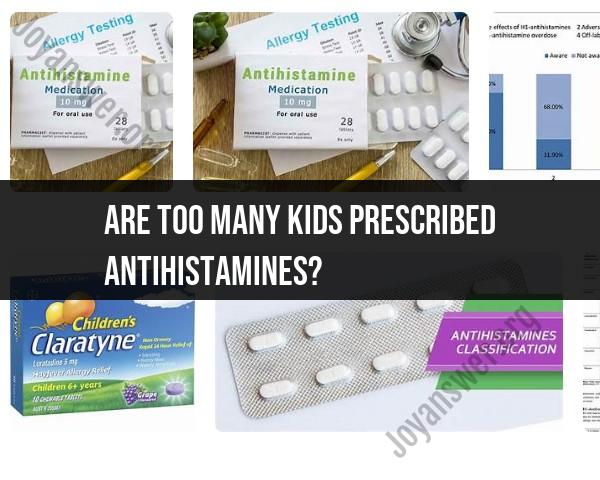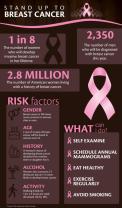Are too many kids prescribed antihistamines?
The prescription of antihistamines for kids can vary depending on various factors, including allergies, hay fever, or other allergic conditions. While antihistamines are generally considered safe and effective for managing allergy symptoms, the concern about overprescription arises when these medications are used unnecessarily or excessively.
Sometimes, antihistamines might be prescribed or used for conditions where they aren't the most appropriate treatment, such as for colds or viral infections, where they may not provide significant relief. Overuse or unnecessary use of antihistamines can lead to side effects like drowsiness, dry mouth, and other less common adverse reactions.
It's crucial for healthcare providers to evaluate each case individually, considering the child's specific symptoms and medical history before prescribing antihistamines. Parents and caregivers should also communicate openly with healthcare professionals, understanding the necessity, potential risks, and appropriate use of these medications for their children.
Evaluating the prevalence of antihistamine prescriptions for children
Evaluating the Prevalence of Antihistamine Prescriptions for Children:
Assessing the prevalence of antihistamine prescriptions for children requires careful consideration of various factors and data sources. Here's a framework to help you:
1. Define the Scope:
- Age Range: Specify the age group of children you're interested in (e.g., infants, toddlers, adolescents).
- Geographic Region: Consider national, regional, or even local data depending on your focus.
- Timeframe: Determine the period you want to investigate (e.g., past year, decade).
- Type of Antihistamines: Differentiate between first-generation and second-generation antihistamines, if relevant.
2. Identify Data Sources:
- National surveys: Large-scale surveys like National Health and Nutrition Examination Survey (NHANES) in the US provide representative data on medication use in children.
- Electronic health records (EHRs): Analyzing data from healthcare systems can offer detailed information on prescriptions given.
- Prescription databases: Pharmacies and pharmacy benefit managers may have datasets on dispensed medications.
- Research studies: Published research articles explore specific aspects of antihistamine use in children.
3. Analyze the Data:
- Prevalence Rates: Calculate the percentage of children who received antihistamine prescriptions within your defined scope.
- Trends: Analyze changes in prevalence over time or across different demographics.
- Reasoning for Prescriptions: Investigate the main reasons for antihistamine prescription in children (e.g., allergies, sleep, other conditions).
- Comparison Groups: Compare your findings with other age groups or populations to understand context.
4. Consider the Limitations:
- Data availability: Access to relevant data may be restricted, leading to incomplete or biased information.
- Accuracy of reporting: Prescription data may not always accurately reflect actual medication use.
- Underlying reasons: Understanding the reasons behind prescriptions often requires additional information beyond the data itself.
5. Interpretation and Conclusions:
- Draw conclusions based on your analysis, identifying any significant trends or patterns.
- Discuss the potential implications of the findings for healthcare practices, public health policies, and further research.
- Recognize the limitations of your investigation and suggest directions for future research.
Additional Resources:
- Centers for Disease Control and Prevention (CDC): https://data.cdc.gov/
- National Institute of Allergy and Infectious Diseases (NIAID): https://www.niaid.nih.gov/
- American Academy of Pediatrics (AAP): https://www.aap.org/
Remember, evaluating the prevalence of antihistamine prescriptions for children is a complex process. Utilize reliable data sources, consider limitations, and interpret your findings thoughtfully to contribute valuable insights to this important topic.












